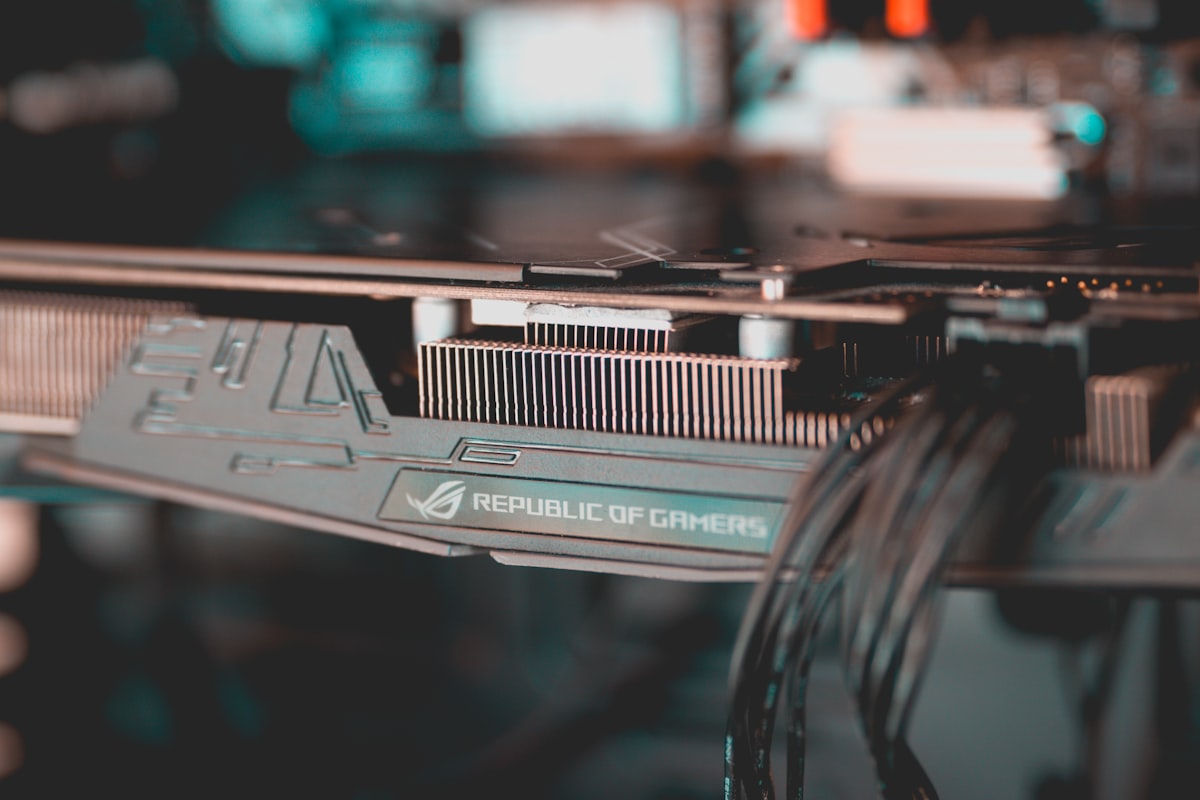Enable GPU access to WSL2 debian for your AI workloads
This post aims to centralize the information on how to use your Nvidia GPUs on debian using WSL2 in order to train and run your AI/ML models.

This post aims to centralize the information on how to use your Nvidia GPUs on debian using WSL2 in order to train and run your AI/ML models. If you use ubuntu there is a nice guide here.
Requirements:
- WSL2
- debian 11
- Windows 10 version > 21H2 (check out in: About -> Version)
- Nvidia GPU
- GPU drivers installed on Windows (find your own)
Update WSL2
Source: Run Linux GUI apps on the Windows Subsystem for Linux (Microsoft docs)
- Open PowerShell as admin
wsl --update- Restart
wsl --shutdown
Install the custom CUDA drivers
Source: CUDA toolkit documentation (Nvidia docs), Installer for debian
We are going to install custom cuda drivers instead of the ones provided by the usual packages. This is needed for WSL2 compatibility.
# Remove old driver keys
sudo apt-key del 7fa2af80
sudo apt install -y software-properties-common
wget https://developer.download.nvidia.com/compute/cuda/repos/debian11/x86_64/cuda-keyring_1.0-1_all.deb
sudo dpkg -i cuda-keyring_1.0-1_all.deb
sudo add-apt-repository contrib
sudo apt update
sudo apt -y install cudaTest it
git clone https://github.com/nvidia/cuda-samples
cd ~/Dev/cuda-samples/Samples/1_Utilities/deviceQuery
make
./deviceQuery
rm -r cuda-samplesYou should see something like this
./deviceQuery Starting...
CUDA Device Query (Runtime API) version (CUDART static linking)
Detected 1 CUDA Capable device(s)
Device 0: "NVIDIA GeForce RTX 3090"
CUDA Driver Version / Runtime Version 11.7 / 11.7
CUDA Capability Major/Minor version number: 8.6
Total amount of global memory: 24576 MBytes (25769279488 bytes)
(082) Multiprocessors, (128) CUDA Cores/MP: 10496 CUDA Cores
GPU Max Clock rate: 1695 MHz (1.70 GHz)
Memory Clock rate: 9751 Mhz
Memory Bus Width: 384-bit
L2 Cache Size: 6291456 bytes
Maximum Texture Dimension Size (x,y,z) 1D=(131072), 2D=(131072, 65536), 3D=(16384, 16384, 16384)
Maximum Layered 1D Texture Size, (num) layers 1D=(32768), 2048 layers
Maximum Layered 2D Texture Size, (num) layers 2D=(32768, 32768), 2048 layers
Total amount of constant memory: 65536 bytes
Total amount of shared memory per block: 49152 bytes
Total shared memory per multiprocessor: 102400 bytes
Total number of registers available per block: 65536
Warp size: 32
Maximum number of threads per multiprocessor: 1536
Maximum number of threads per block: 1024
Max dimension size of a thread block (x,y,z): (1024, 1024, 64)
Max dimension size of a grid size (x,y,z): (2147483647, 65535, 65535)
Maximum memory pitch: 2147483647 bytes
Texture alignment: 512 bytes
Concurrent copy and kernel execution: Yes with 6 copy engine(s)
Run time limit on kernels: Yes
Integrated GPU sharing Host Memory: No
Support host page-locked memory mapping: Yes
Alignment requirement for Surfaces: Yes
Device has ECC support: Disabled
Device supports Unified Addressing (UVA): Yes
Device supports Managed Memory: Yes
Device supports Compute Preemption: Yes
Supports Cooperative Kernel Launch: Yes
Supports MultiDevice Co-op Kernel Launch: No
Device PCI Domain ID / Bus ID / location ID: 0 / 9 / 0
Compute Mode:
< Default (multiple host threads can use ::cudaSetDevice() with device simultaneously) >
deviceQuery, CUDA Driver = CUDART, CUDA Driver Version = 11.7, CUDA Runtime Version = 11.7, NumDevs = 1
Result = PASSThat should be it!
Extra: tensorflow
If you have tensorflow installed you can also check it running:
import tensorflow as tf
tf.config.list_physical_devices('GPU')If you see a list like [PhysicalDevice(name='/physical_device:GPU:0', device_type='GPU')], then everything works correctly.
INFO: You might need to install tensorflow via conda as explained in the documentation.





